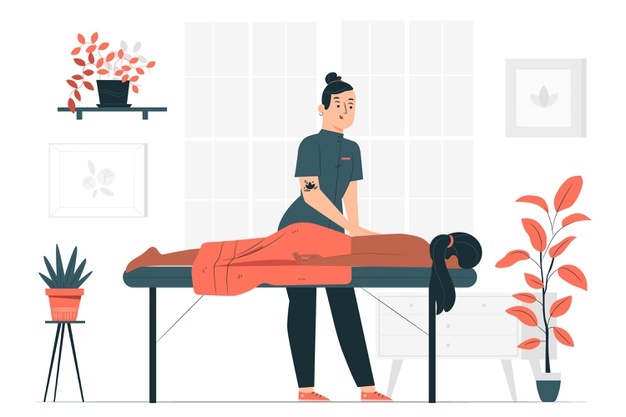Informative Guide on Developing On Demand Massage App
A massage app is an online business that provides clientele with on-demand access to different types of massages. This article provides information for those wishing to develop such an app. Included are the pros and cons of developing a massage app, how to make money through its development, and the steps involved in doing so.
Pros and cons of developing a massage app:
- Pros: Its convenience makes it attractive to the clientele. Users can get scheduled same day or even within hours, instead of having to wait for days or weeks for an appointment at regular brick & mortar locations. This flexibility results in increased client loyalty which contributes to repeat business. The possibility of expanding market share by entering different geographical regions without expanding overhead costs is another pro. Finally, the overall positive health effects resulting from receiving massages warrant its increase in popularity among users.
- Cons: In terms of development, a major con is a high cost associated with creating the app itself. The developer will have to factor in time and money for developing both Android and iOS versions, including necessary testing and customer support (for bugs and other technical issues). On Demand Massage App should also be compliant with different state laws that may require specific business licenses to operate legally across state lines.
Discussed below are steps involved in developing a massage app:
1) Market research: Before actually getting started with the app's architecture, users should conduct thorough market research to determine opportunities. This will involve looking at current trends in mobile technology as well as analyzing existing apps that offer similar services.
2) Gathering information on the competition: It is important to go beyond just gathering information about their competitors' pricing strategy and instead look more closely at the structure & functionality of individual apps. Identifying the gaps present within the competition can provide users with potential opportunities to increase market share.
3) Pricing strategy: It is important that users reach out to their target audience during development to determine fair pricing. This will require talking with the actual stakeholders of the business which could be quite time-consuming. There are free tools online which can help streamline this process but it may still require a lot of effort on the user's part.
4) Creating wireframes & mockups for app functionality: The next step comes down to actually designing and creating wireframes (visual outlines of how an app should look like). These visual documents clearly show developers what they need to build into the app including basic functionality, i.e., which features users will use most often within the program. Mockups (visual representations of the app's entire view) give developers a chance to fine-tune these wireframes and make any necessary changes.
5) Development & testing: If the app involves some sort of interaction between users, i.e., communication or transactions, this will need to be built into the program through coding. During development, developers must also test their work for bugs that can distract the user experience if not fixed beforehand. Once completed, testers should also review all features to ensure that everything is working as intended before being released to the market.
6) Marketing/business plan creation: This step will involve researching competitors' marketing strategies in addition to developing a marketing plan specific to one's venture. Aspects of this may include creating a unique logo, determining the target audience, and identifying strategies for both gaining customer trust & increasing market share.
7) Registering with online platforms: This step is required in order to actually publish the app on different digital platforms that users wish to market it through. Apple's App Store and Google Play are two popular platforms that are widely used by consumers. Each platform requires specific registration information which must be entered before the publication of the app can take place.
8) Launching/promotion of app: The moment has finally come where users get to launch their product! It is important to spend time promoting the business through various channels including social media marketing, advertising campaigns, blogger outreach,., in order to maximize downloads. Potential users will likely scrutinize the app if it does not appear to have much marketing or public relations support.
Article Summary
The development process for on-demand massage apps is no simple task, but it's certainly possible under certain circumstances. Before starting this type of venture, users must conduct thorough market research and gather information on the competition before creating the actual app design with wireframes & mockups. All features must then be tested prior to launching with proper marketing & PR promotion included in the process. If done correctly, success can be achieved although competition is very strong within this industry.
Conclusion: Developing an on-demand massage app by Uber Clone App can help your business grow. If you're considering expanding your market share while increasing the overall health of your clients (who may or not already patronize other services), this is the perfect opportunity.




Comments
Post a Comment